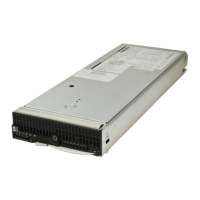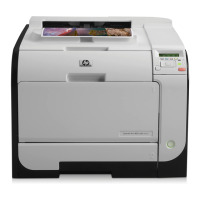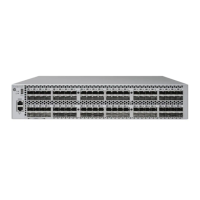Ensure that the volume name of the remote system should not be more than seven characters
(including $).
• To change file names, use the MAP NAMES option, not the VOL option. The VOL option has
limitations handling secondary partitions, alternate-key files, and SQL objects.
• Wild-card characters can be used in the volume, subvolume, and file-id fields of the
old-fileset-list:
* (asterisk) matches from 0 through 8 characters in the position where it appears.
? (question mark) matches one character in the position where it appears.
For example, the volume name $SB?? matches all four-character volume names that begin
with SB. The file name *CH? matches all file names that end with CH followed by any single
character.
• The new-fileset-list parameter cannot include the question mark (?) wild-card character,
but can include the asterisk (*).
• When more than one renaming pattern is specified in the MAP NAMES option, the first
applicable pattern is used if there is a conflict.
• Use the RESTORE AUTOCREATECATALOG and CATALOGS options (with the MAP NAMES
option) to move SQL files to another node. In addition to these options, use the SQLCOMPILE
ON option to move an SQL program file. The SQL program file must have been compiled
before it was backed up.
Be careful that you define the MAP NAMES and CATALOGS parameters correctly for the
dependent tables, indexes, views, and programs. An incorrect mapping scheme can leave
the objects invalid or cause the RESTORE process to fail. In addition to the examples here, for
more information, see Restoring Using Name Mapping (page 171) and Restoring SQL Files
(page 166).
RESTORE Options 139
